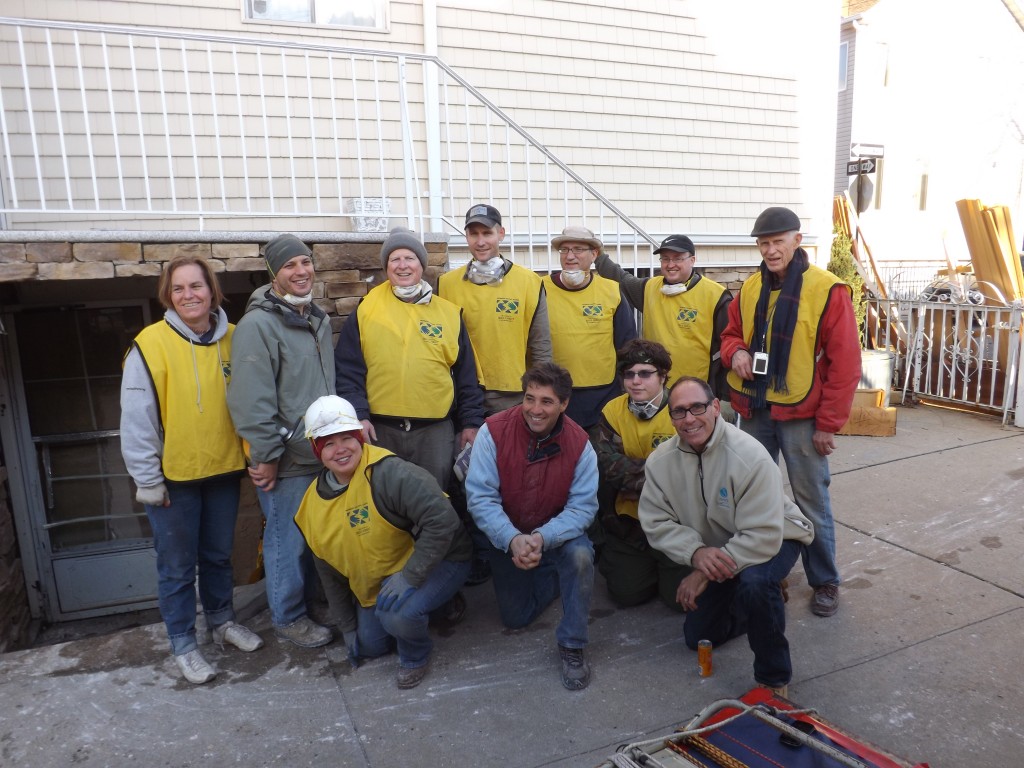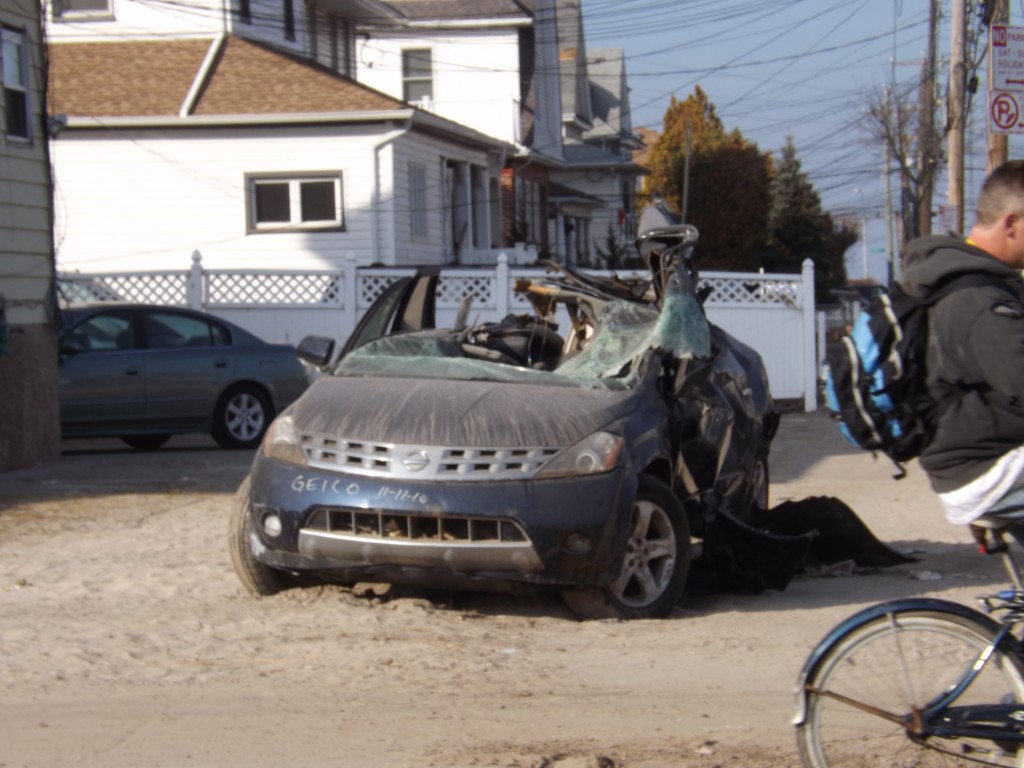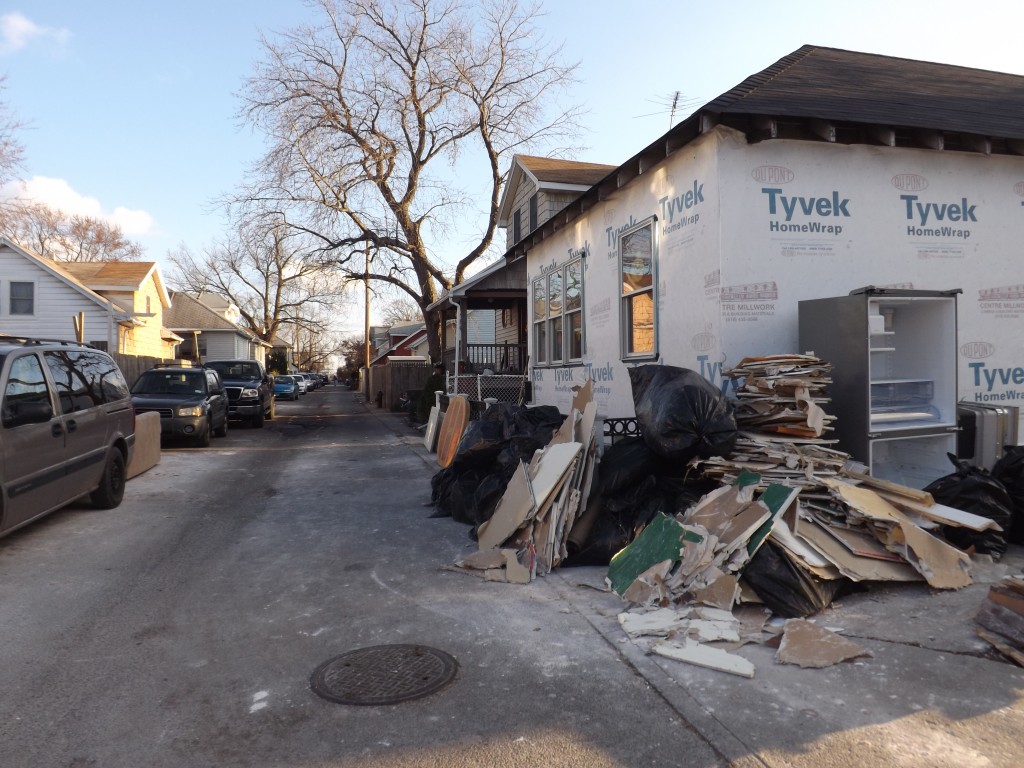Total Pageviews
Sunday, March 17, 2013
Aquaponics on 60 Minutes in Australia
I was pleased to see that 60 Minutes in Australia did a piece on Aquaponics this Sunday. I always love seeing footage of Murray's farm, and it was cool to see the segment about the roof-top farm in Brooklyn.
On the other hand, I was a bit less enthused about the idea of growing plants in high rises using high-tech LEDs. If the business case supports it, that's great. But I don't think we're there yet.
I was pleased the other day to re-read a 2005 article by Dr. Wilson Lennard, where he discussed his findings that aquaponics is almost always more productive than chemical-based hydroponics. Beyond that, deep water culture and media-based growing systems are 20% more productive than the nutrient film technique so often used in hydroponics. This is important because so many of the farm-in-a-highrise schemes are based on hydroponics, and presume ample use of electricity to achieve adequate growing conditions.
I think the secret is to start small - at the level of individual families and communities. Grand schemes that require hundreds of thousands of dollars (or even millions) in up-front investment must first be found attractive by venture capitalists. Even then, the big money involved in such endeavors can tempt the weak and immoral among us, as sad experience has demonstrated.
Still, it's fun to see these topics being aired on major TV shows, rather than simply on gardening channels.
Friday, March 15, 2013
Square Foot Gardening with Aquaponics

A Grow Bed with a Grid
I like the idea of square foot gardening - marking your growing space into square patches that are each about one square foot in area. But since I have these oval rubbermaid tanks, I hadn't wrapped my mind around how to do the marks.
But this past February I decided to pay attention and figure something out. I took some thin rope and black binder clips. The binder clips can be the small ones that hold 3/8-inch of paper. This allows them to grab onto the edge of the lip of the rim securely. Then the thin rope is tied between the handles of the binder clips on opposite sides of the grow bed.
When I initially created the grid, the rope was slack. Here's where the rounded edges come in handy. I moved one of the binder clips for each pair around the lip so the distance between the two clips was smaller. I re-tied the rope between the clips, then slid the clip back into position. This made the rope taught.
Once I was done, I broadcast seeded the squares, as well as planting my floating raft. I also added seed to bare patches in my two grow beds that still had plants that had survived the winter. Here's the map I drew for myself.

I planted seeds on 2/16, and a month later the bok choy, turnips, and radishes have germinated. I'm starting to see hints of cabbage and leek, and my carrots and beets are still AWOL. I'm sure they would have germinated more quickly inside, but direct seeding is much easier. And even though most of the nights since February 16th have dipped below freezing, the temperature of the water in the fish tanks has held steady at 40-50 degrees, as measured by my "through the cover" meat thermometer.

My tank temperature was still 38 degrees on February 23rd, even though night-time temperatures had dipped well below freezing for six nights in a row leading up to this picture.
Sunday, March 10, 2013
An Underground Greenhouse or Walipini

I was chatting with my family online this evening and my sister mentioned an underground greenhouse. Intrigued, I followed the link she posted to an article at treehugger.
The Benson Institute developed the plans for the walipini or "place of warmth" as a way for families in La Paz, Bolivia, to garden throughout the year, despite the intensely cold mountain winters. The plans for the 20’ x 74’ greenhouse requires roughly $250-$300 in materials, assuming free labor and no need for heavy equipment. The Walipini manual indicates you'll want about 100 square feet of growing area to feed a person year round.
The basic walipini plans could be further enhanced to include subterranean heating and cooling, since there is already significant sub-floor work involved to ensure adequate drainage. The plans also mention the benefit of incorporating water barrels to store heat energy. In my research associated with this article, I learned (or re-learned?) that water holds four times as much heat energy per unit volume as concrete. So using water to store heat energy is more effective than a trombe wall. And if the water you are storing is also irrigating your plants and providing a habitat for fish, all the better!
By the way, my book on Aquaponic Gardening will be available in less than a month. Very exciting! And I just saw the cover for the first time:

Pretty and green!
Thursday, March 7, 2013
One Good Turn

This past Thanksgiving weekend I was planning to prepare my garden for the winter. But Hurricane Sandy had hit New York City hard that fall, so I joined a group of volunteers to help clean up in Queens instead. The damage was amazing, even several weeks after the storm hit. Here were a few more pictures I took during that weekend. The first is a car damaged by the storm, the next one of the houses we helped clear out (this picture is after the dump truck took away most of the contents of this home, newly remodeled only the prior November).


I don't regret the time I spent in New York, but my own yard remained messy throughout the winter. There were remains from various projects, yard debris, and general unkemptness. Here's a couple of shots showing the mess:


Then my local Mormon missionaries stopped by this past month. "Is there anything we could do to help you?" they asked.
"Anything?" I said. "Well, I could use some help with my back yard..."
They were good to their word and showed up last Saturday, ready to make quick work of a mess that had bothered me all winter. Here's a couple of shots after they'd moved the trash out of my yard:


Yeah missionaries! Many hands make light work. Now I can get started on my spring garden without hours of dirty, heavy lifting in my way!
Subscribe to:
Posts (Atom)
